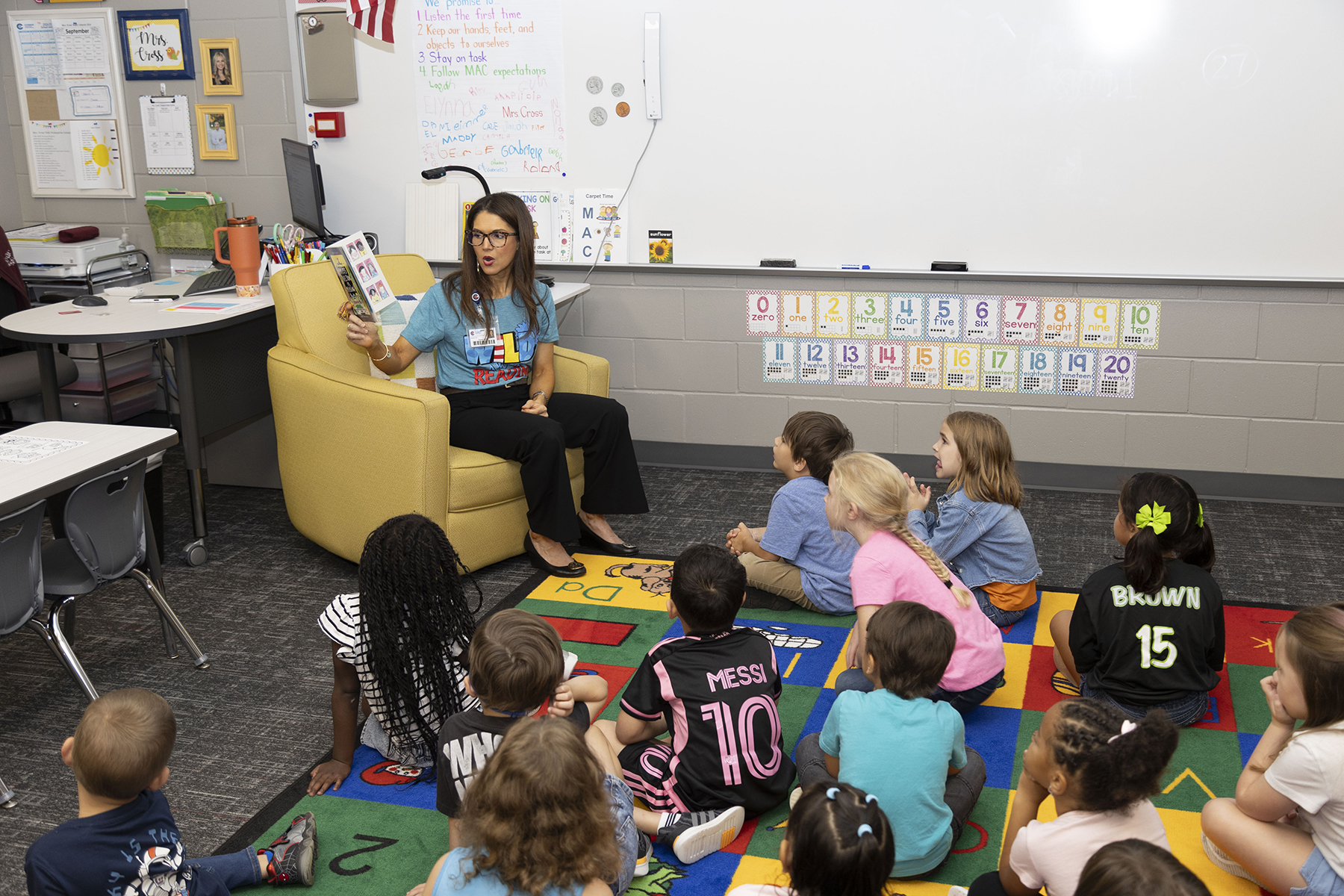Choose a time to read aloud to your children at least once a day.
Show your children that reading is fun - let them see you read.
Keep books handy to fill the time when you travel, shop, or have a doctor's appointment.
It is never too late to read aloud to your children - even high school students benefit from reading every day.
Read for a Better Life
The single most important thing you can do for a child is...Read for a Better Life!
Read for a Better Life Day is traditionally the 3rd Wednesday of September.
The Conroe Independent School District is promoting a culture of reading by calling to action all adults within the Conroe ISD community to devote at least 30 minutes a day to reading aloud to children.
Together we can read for a better life!
What can you do at home?
What can we do as a community?
Volunteer to read to children in a school or daycare.
Support your schools by donating books and time.
Show CISD’s “Read for a Better Life” website to your clients, patients, friends, and family.
Provide books to read while children and parents are in the reception/waiting areas of your office/business.
What do the experts say?
Begin reading to children as soon as possible. The younger you start them, the easier and better it is.”
Jim Trelease
Author, The Read-Aloud Handbook
Begin reading to children as soon as possible. The younger you start them, the easier and better it is.”“Children who are read to at least three times a week by a family member are almost twice as likely to score in the top 25% in reading than children who are read to less than three times a week.”
National Institute for Literacy
www.nifl.gov
Success in reading is a gateway to success in other academic areas.”
Jordan, Snow, and Prosche
2000
The percentage of young children read aloud to daily by a family member is one indicator of how well young children are prepared for school.”The percentage of young children read aloud to daily by a family member is one indicator of how well young children are prepared for school.”
National Center for Education Statistics
U.S. Department of Education

